According to National Assembly Deputy Vu Trong Kim, member of the National Assembly's Judicial Committee, to ensure a streamlined, synchronous, and interconnected apparatus, it is necessary to arrange in the direction that one agency performs many tasks, and one task is assigned to only one agency to preside over and take primary responsibility.
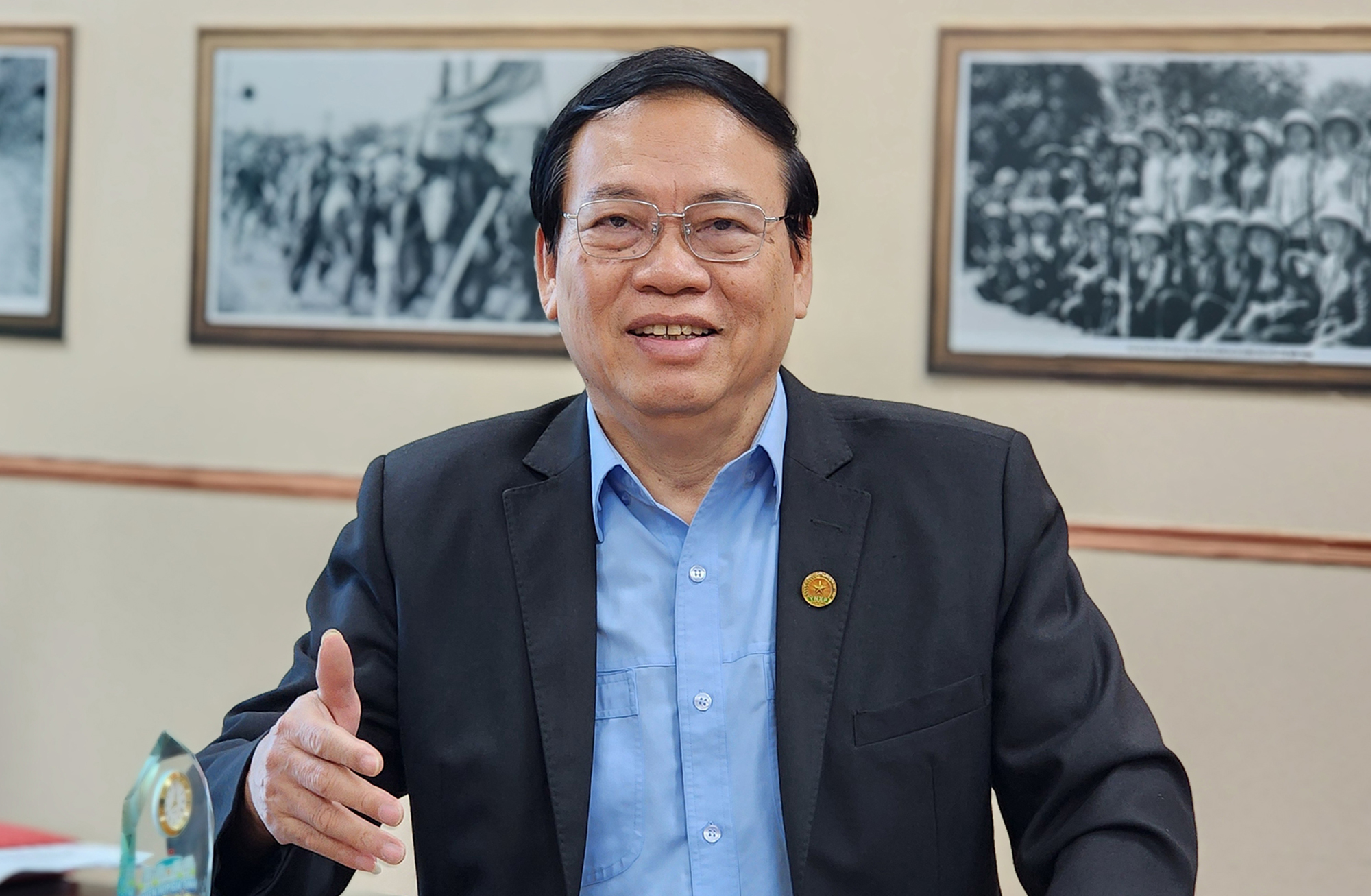
National Assembly Deputy Vu Trong Kim.
The Central Government needs to take the lead as an example.
Speaking at the first meeting of the Central Steering Committee on summarizing the implementation of Resolution 18/2017 of the 12th Party Central Committee on streamlining the apparatus, General Secretary To Lam emphasized that this is a revolution. Looking back at 7 years of implementing Resolution 18, how do you personally perceive the results achieved?
After 7 years of implementing Resolution No. 18, there have been initial positive changes in innovation, organizational restructuring, and improving the operational efficiency of agencies, units, and organizations in the political system.
However, I think that the determination in implementation is not high. The organization arrangement is not comprehensive and synchronous. The streamlining of the payroll only focuses on reducing the quantity, not linked to improving the quality and restructuring the staff, not linking the streamlining of payroll with the structure of ministries and branches.
Therefore, the apparatus is still cumbersome, with many levels and focal points. The division of responsibilities, decentralization and delegation of authority is not reasonable, and there are still excuses.
Therefore, the leadership and suggestions of General Secretary To Lam at the recent meeting are very important.
Accordingly, the summary process must be conducted objectively, democratically, scientifically, specifically, deeply, receptively, and closely following the practical situation; clearly identifying weaknesses, inadequacies, and causes.
From there, there are proposals to streamline the organization, ensuring comprehensiveness, synchronization, and connectivity; one agency performs many tasks, one task is assigned to only one agency to preside over and take primary responsibility.
In your opinion, what is the significance of building a "lean - lean - strong - efficient - effective - effective" apparatus in this period and how should it be implemented?
Here awareness must come first. Once we clearly understand the current state of the organizational apparatus, we will begin to implement reforms.
This is a time to be decisive and urgent because we have clearly realized that the apparatus is cumbersome, creating stagnation and becoming an obstacle to development.
In the world, most countries only spend 40-50% of their total budget on salaries and regular expenses, but we currently spend nearly 70%.
This number is high not because we pay high salaries but because the number of employees is too large. When we streamline the apparatus, it means we can streamline the number of people receiving state salaries, thereby reducing regular expenses.
Streamlining the apparatus must be carried out according to the motto that the Central Government takes the lead, and from there the localities will certainly follow suit. For example, if a ministry is merged, many corresponding departments and branches in the localities must also be merged.
Double benefit
Restructuring the apparatus is a difficult, complex, wide-ranging issue that involves many subjects. In your opinion, what should be noted when streamlining the apparatus this time?
In terms of form, as mentioned above, it is necessary to implement the top-down principle, the Central Government must implement well, from which the locality will have the optimal model.
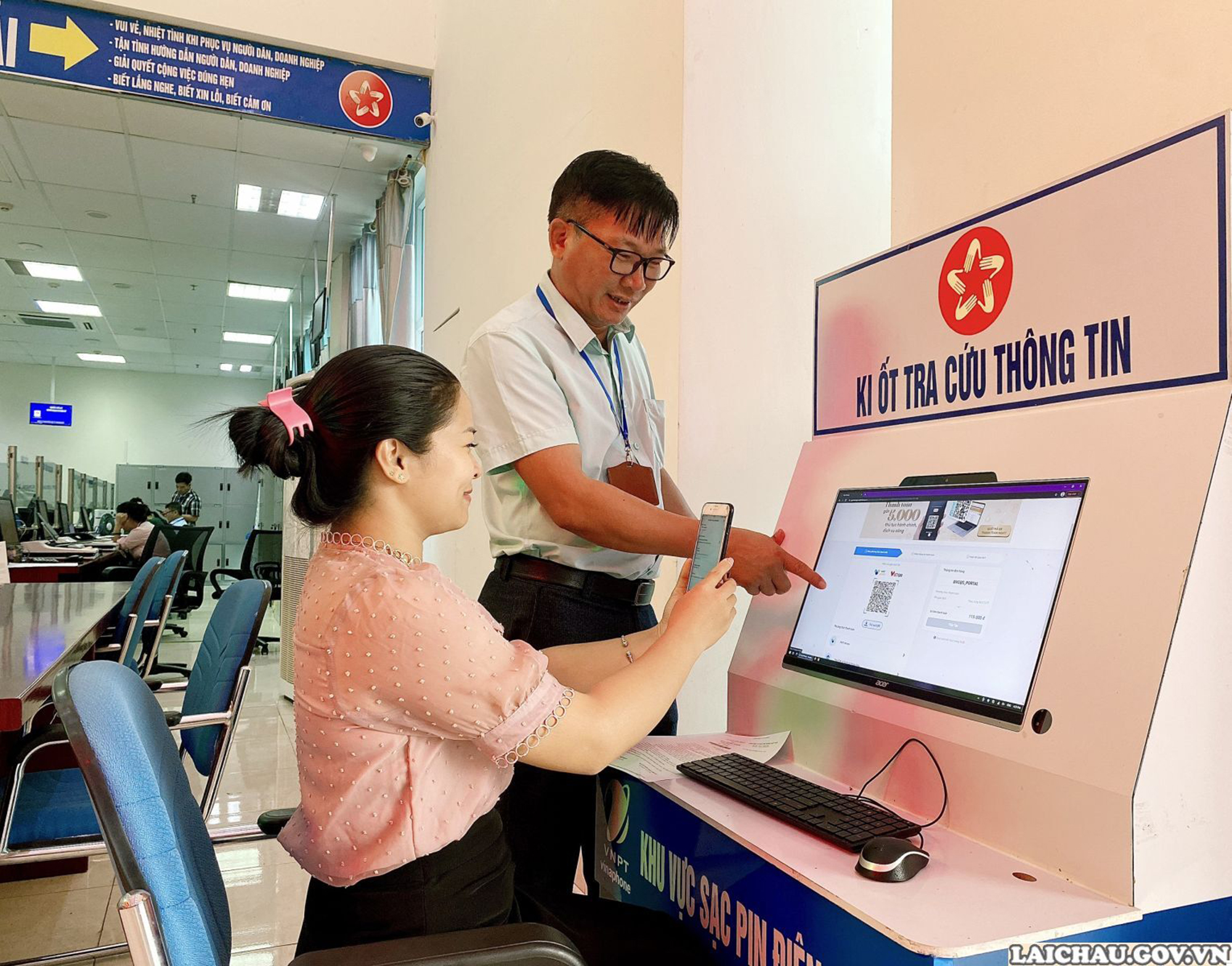
Cutting down on intermediaries helps to resolve administrative procedures for people and businesses faster, saving time and costs (illustrative photo).
To have an effective organizational model, it is necessary to evaluate and analyze the functions and tasks of each agency and organization to clearly identify which units operate effectively and which units can be merged or cut.
Besides considering merging units with similar functions and tasks to minimize overlap, reforming work processes, eliminating unnecessary procedures, and moving towards thoroughly applying information technology to improve work efficiency is also very important.
When the middlemen in management are reduced, work execution will be much faster and more efficient.
Another important thing is to reform the working regime, increase recruitment and training of quality personnel, encourage creativity, and promote responsibility.
The nature of streamlining is to reduce people but the work can increase, requiring officials and civil servants to be very good at expertise and profession.
On the National Assembly floor, you once said, "I would like to accurately reflect that a minister told me: If my ministry reduces 30-40% of its staff, it will not be a problem." Can you elaborate on this content?
The number that the minister gave can be understood in two ways. First, there is a group of weak-competent staff who cannot do their jobs. Whether these people are in the agency or not has no impact.
If we reduce the number of staff, it will have two effects: reducing the number of harassers, and at the same time increasing the salaries of diligent, professional and more effective staff.
It is the incompetent and incompetent officials who will cause trouble, prolong the time for administrative procedures, and even create unnecessary procedures to harass.
The second understanding is about the organizational structure, there are units under that ministry whose tasks overlap with other units, if one unit exists it is fine, but if not, another unit can do it instead.
We have recognized this reality, so we are building a plan to arrange and restructure the organizational apparatus towards a multi-sectoral, multi-field ministry, reducing internal organization.
Reducing duplication of tasks and unclear responsibilities in the apparatus not only helps us reduce staffing but also reduce administrative procedures.
If we streamline the organization, without this department or that department, people and businesses will certainly have to go to those agencies less to do procedures. That is the double benefit of streamlining the apparatus towards a multi-sector, multi-field ministry.
Decentralization and delegation of authority to clarify responsibilities
In your opinion, what is the significance of applying information technology in streamlining the current apparatus?
The application of information technology and digital transformation in public administrative management is increasingly demonstrating its superiority.

A streamlined apparatus that ensures integrity, synchronization, and connectivity is one of the important driving forces for development (illustrative photo).
For example, previously, procedures such as changing driver's licenses, registering permanent residence, etc., people had to go to government agencies, but now they can be done at home using an internet-connected device.
Information technology helps connect agencies and units, creating an interconnected system, easily sharing data, and minimizing the need for people and businesses to go through many doors.
These are just a few examples of how technology can help optimize workflows, save time and costs, and improve responsiveness and transparency in public agencies.
Decentralization and delegation of power in the spirit of "local decision, local action, local responsibility" is also one of the solutions to streamline the apparatus, so what needs to be done to effectively implement this?
In fact, decentralization and delegation of power have brought great benefits to localities. However, not all localities have proactively and promptly made drastic decisions and actions to create changes in reality.
Therefore, decentralization and delegation of power need to be clear and reasonable between the central and local levels to help avoid abuse of power and avoidance of responsibility.
Decentralization and delegation of power must be stipulated in legal documents. In particular, the tasks and powers delegated to local authorities or lower-level State agencies, the responsibilities of the decentralized State agencies and the decentralized State agencies must be clearly defined. These subjects must be clearly defined.
Along with delegating authority to lower-level agencies, especially to localities, for implementation, it is necessary to supplement mechanisms and solutions to ensure requirements for power control, strengthen inspection, examination, supervision as well as accountability of the agencies assigned authority.
Thank you!
Resolutely carry out the revolution of streamlining the apparatus
On November 19, General Secretary To Lam chaired the first meeting of the Central Steering Committee on summarizing Resolution 18 of the 12th Central Executive Committee "Some issues on continuing to innovate and reorganize the apparatus of the political system to be streamlined and operate effectively and efficiently".
According to the decision of the Politburo, the Central Steering Committee on summarizing Resolution 18 was established with 29 members. General Secretary To Lam is the Head of the Steering Committee.
The General Secretary said that the task of streamlining the apparatus in accordance with the spirit of Resolution 18 is of particular importance. This is the time when all the appropriate factors converge to resolutely carry out the revolution to build a truly streamlined political system that operates effectively and efficiently.
According to the General Secretary, this important work needs to be carried out urgently, carefully, scientifically and principledly. The highest goal is that after the reorganization, the apparatus must best serve the country's development and the needs of the people.
He noted that in implementation, the principle of Party leadership, State management, and people mastery must be ensured. The functions and tasks of each agency must not overlap, and one task must be assigned to only one agency to preside over and take primary responsibility.
The arrangement process must ensure that the machine operates without interruption, and that the arrangement does not affect the progress of work and service to people and businesses.
Merging districts and communes in 12 localities
According to the report of the Ministry of Home Affairs, in recent times, through innovation and restructuring of the organizational apparatus, ministries and branches have reduced 17 general departments and equivalent; reduced 10 departments and 144 departments/divisions under general departments and ministries; reduced 108 divisions in departments/divisions under ministries and branches.
Localities reduced 13 departments and other administrative organizations under the provincial People's Committee; 2,572 divisions under specialized agencies of the provincial and district People's Committees.
By the end of 2023, 7,867 public service units had been reduced to 46,385 units. The number of people subject to staff reduction in 2023 was 7,151.
Most recently, on November 14, the National Assembly Standing Committee considered and decided on the arrangement of administrative units at district and commune levels (merging districts and communes) in the 2023-2025 period of 12 provinces and cities, including: An Giang, Dong Thap, Ha Nam, Hanoi, Ha Tinh, Ho Chi Minh City, Phu Tho, Son La, Quang Ngai, Quang Tri, Tra Vinh, Vinh Phuc. The implementation time is from January 1, 2025, and for Son La from February 1, 2025.
In which, Hanoi City arranged 109 commune-level units to form 56 new commune-level units. After the arrangement, 53 commune-level units were reduced. Ho Chi Minh City arranged 80 wards to form 41 new wards. After the arrangement, 39 wards were reduced.
Phu Tho reorganized 31 commune-level units to form 13 new commune-level units. After the reorganization, 18 commune-level units were reduced. Vinh Phuc reorganized 28 commune-level units to form 13 new commune-level units. After the reorganization, 15 commune-level units were reduced.
After the merger, 12 provinces and cities are expected to reduce 1/6 of district-level units and 161/361 commune-level units.
Regarding the number of redundant cadres, civil servants, public employees, and part-time workers at the district level, there are 136 people and at the commune level, there are 3,342 people. Localities have developed detailed plans to arrange, organize, and resolve.
Source: https://www.baogiaothong.vn/tinh-gon-bo-may-de-ro-viec-ro-trach-nhiem-192241121223819751.htm


![[Photo] North-South Expressway construction component project, Bung - Van Ninh section before opening day](https://vstatic.vietnam.vn/vietnam/resource/IMAGE/2025/4/17/ad7c27119f3445cd8dce5907647419d1)
![[Photo] Many practical activities of the 9th Vietnam-China border defense friendship exchange](https://vstatic.vietnam.vn/vietnam/resource/IMAGE/2025/4/16/3016ed3ef51049219574230056ddb741)
![[Photo] President Luong Cuong receives Ethiopian Prime Minister Abiy Ahmed Ali](https://vstatic.vietnam.vn/vietnam/resource/IMAGE/2025/4/16/504685cac833417284c88a786739119c)

![[Photo] Opening of the 4th Summit of the Partnership for Green Growth and the Global Goals](https://vstatic.vietnam.vn/vietnam/resource/IMAGE/2025/4/16/488550ff07ce4cd9b68a2a9572a6e035)

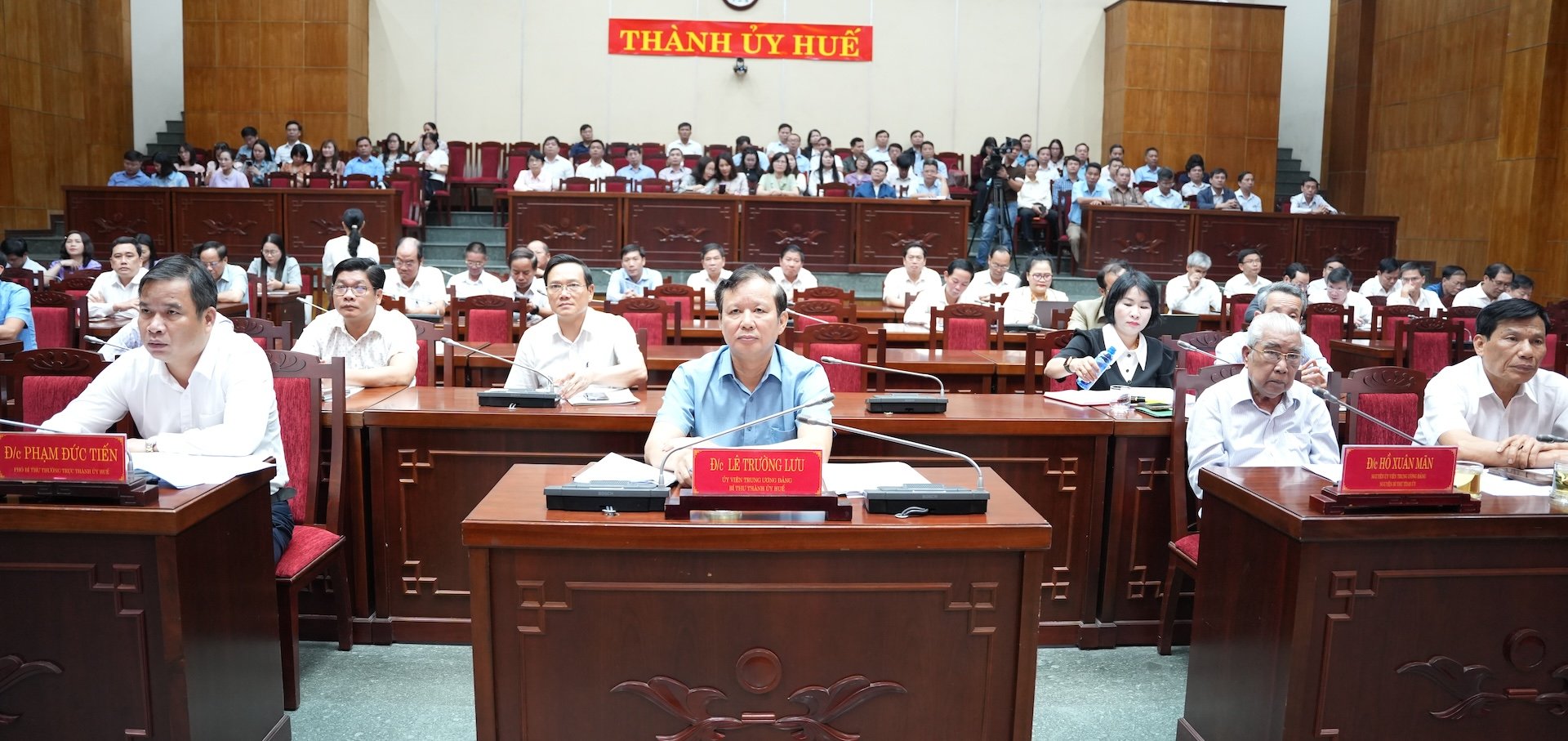

![[Update] - Thanh Hoa: 55 thousand delegates attended the conference to disseminate and implement the Resolution of the 11th Conference of the 13th Party Central Committee](https://vstatic.vietnam.vn/vietnam/resource/IMAGE/2025/4/16/f1c6083279f5439c9412180dda016c15)
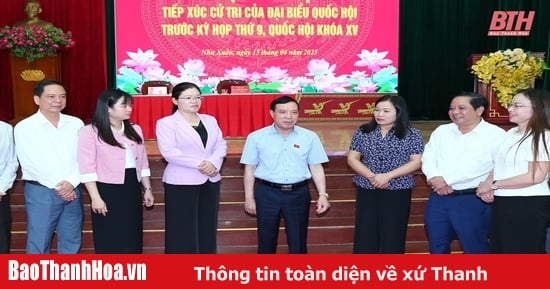
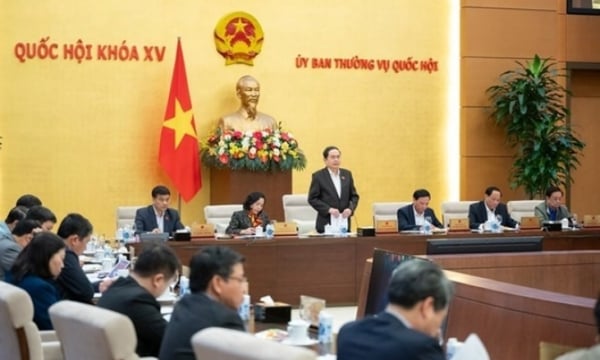
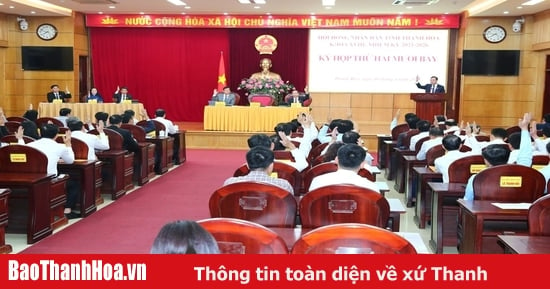
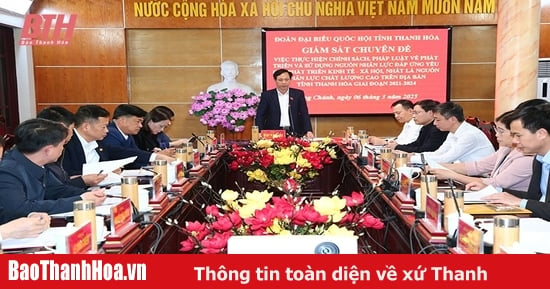


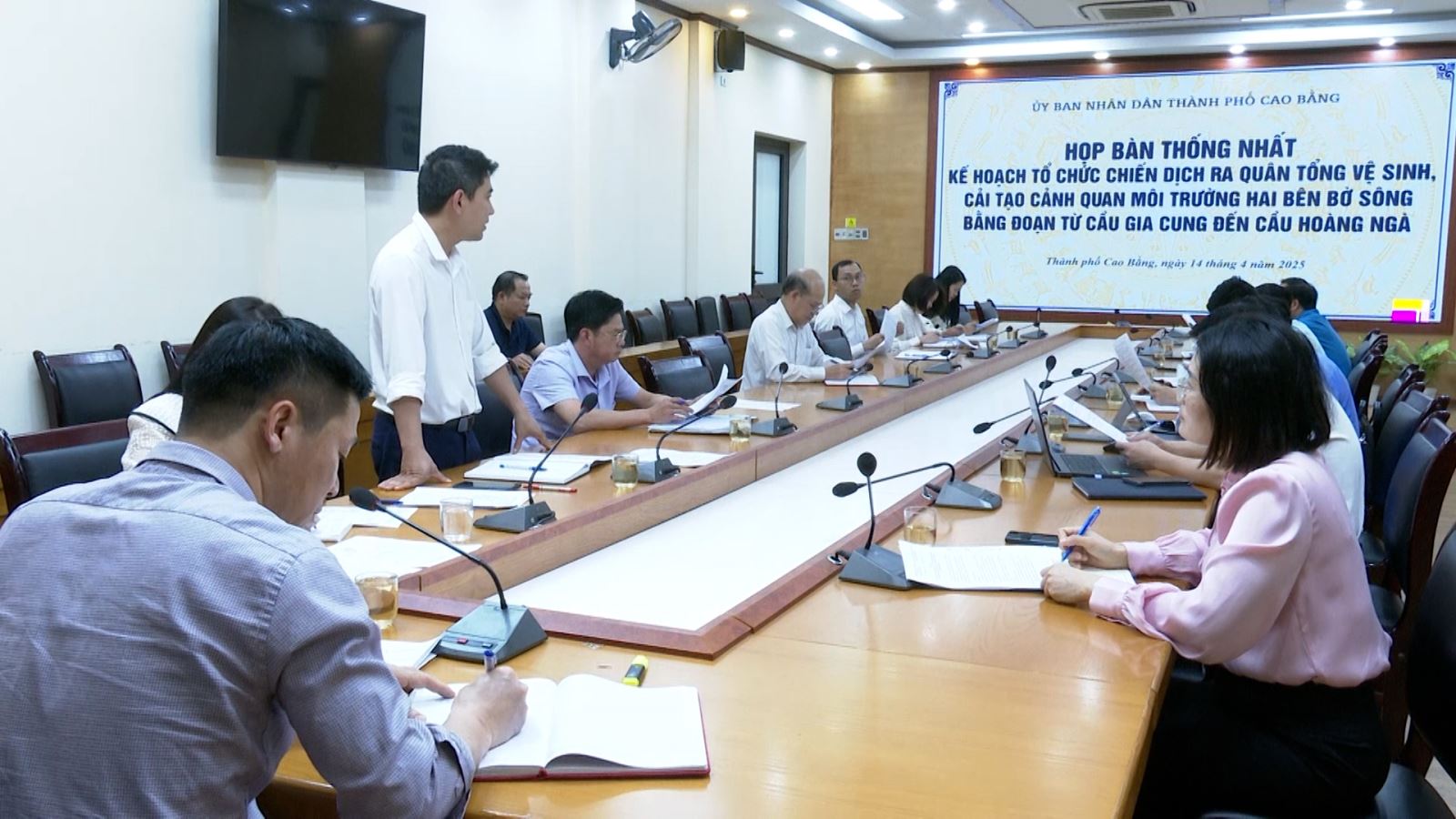
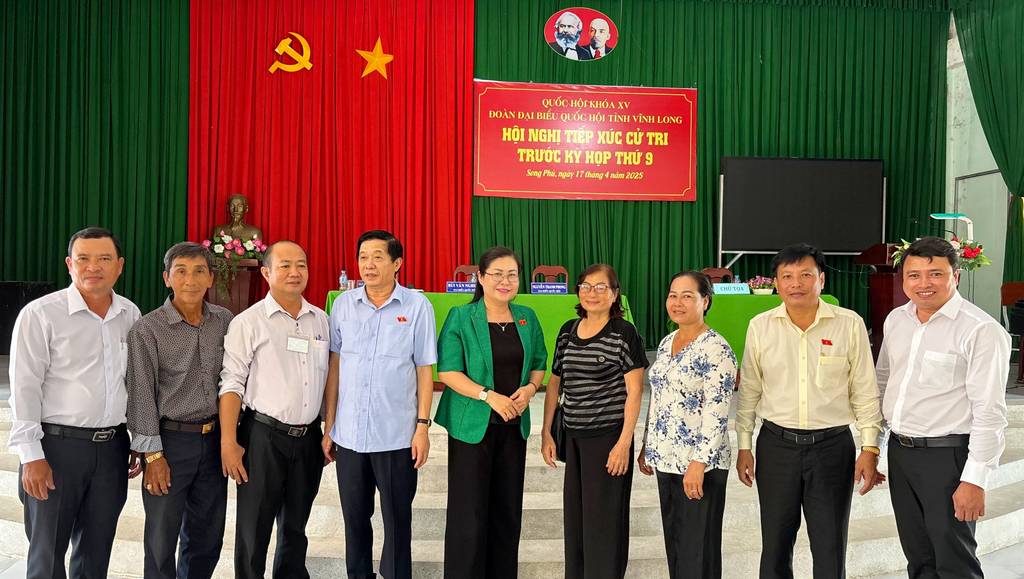
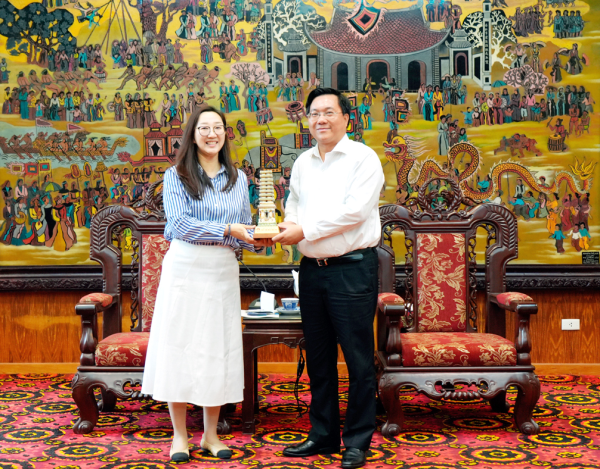
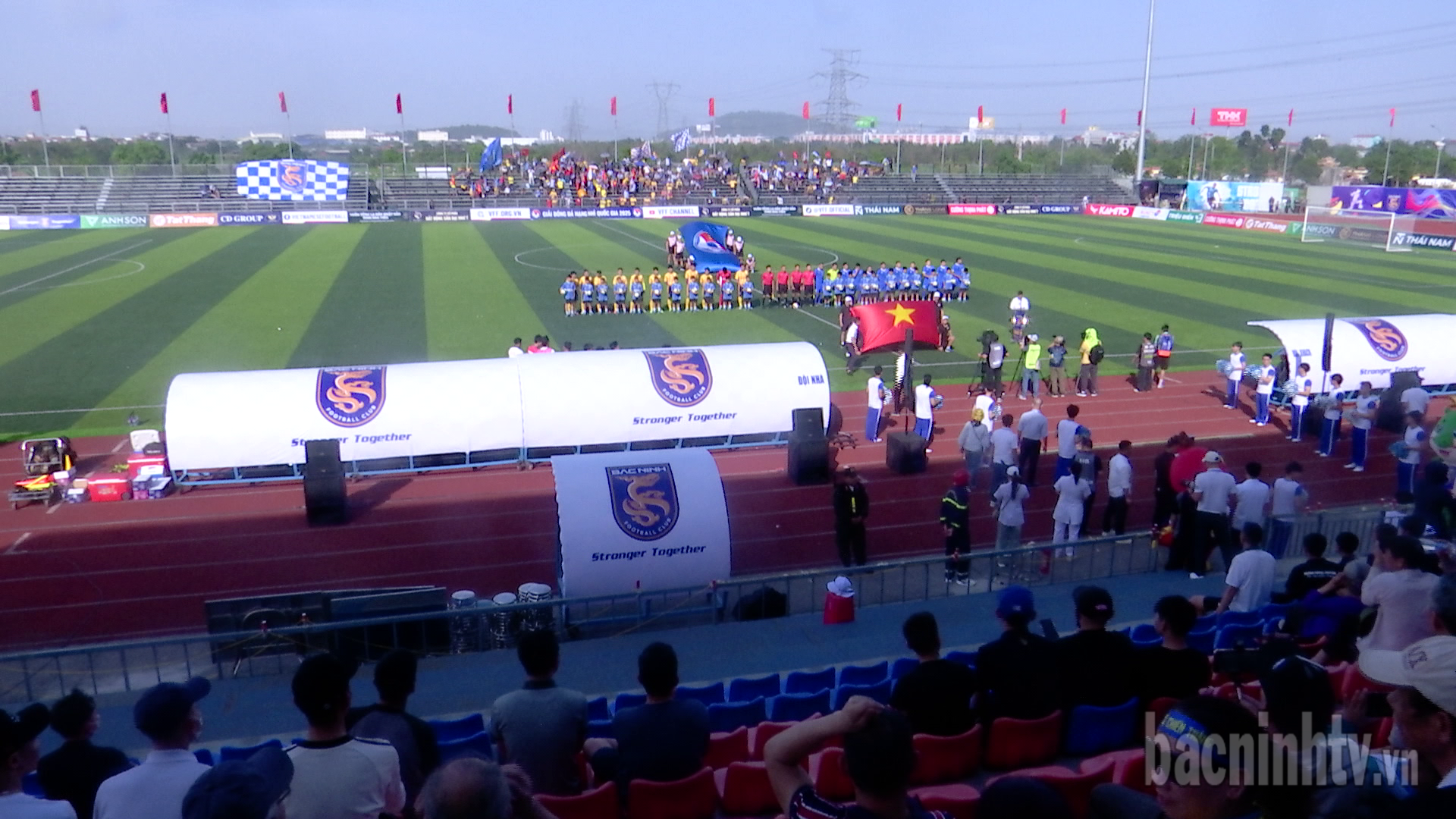
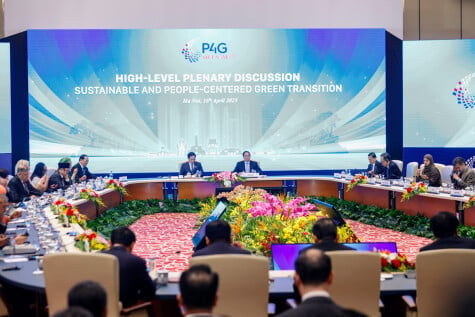





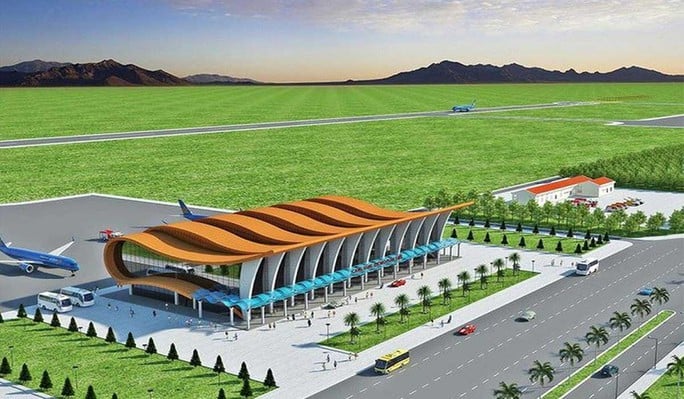
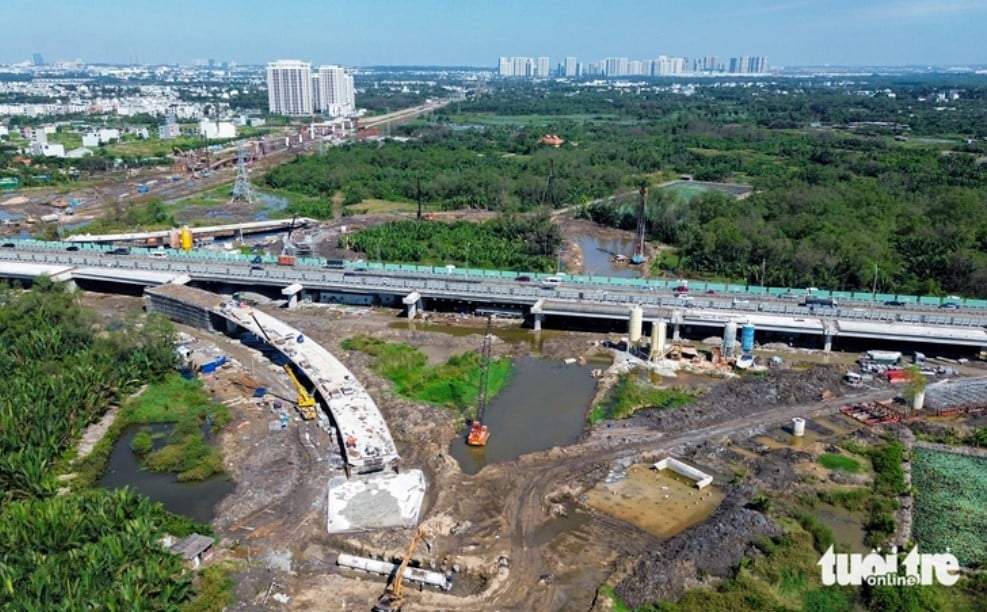
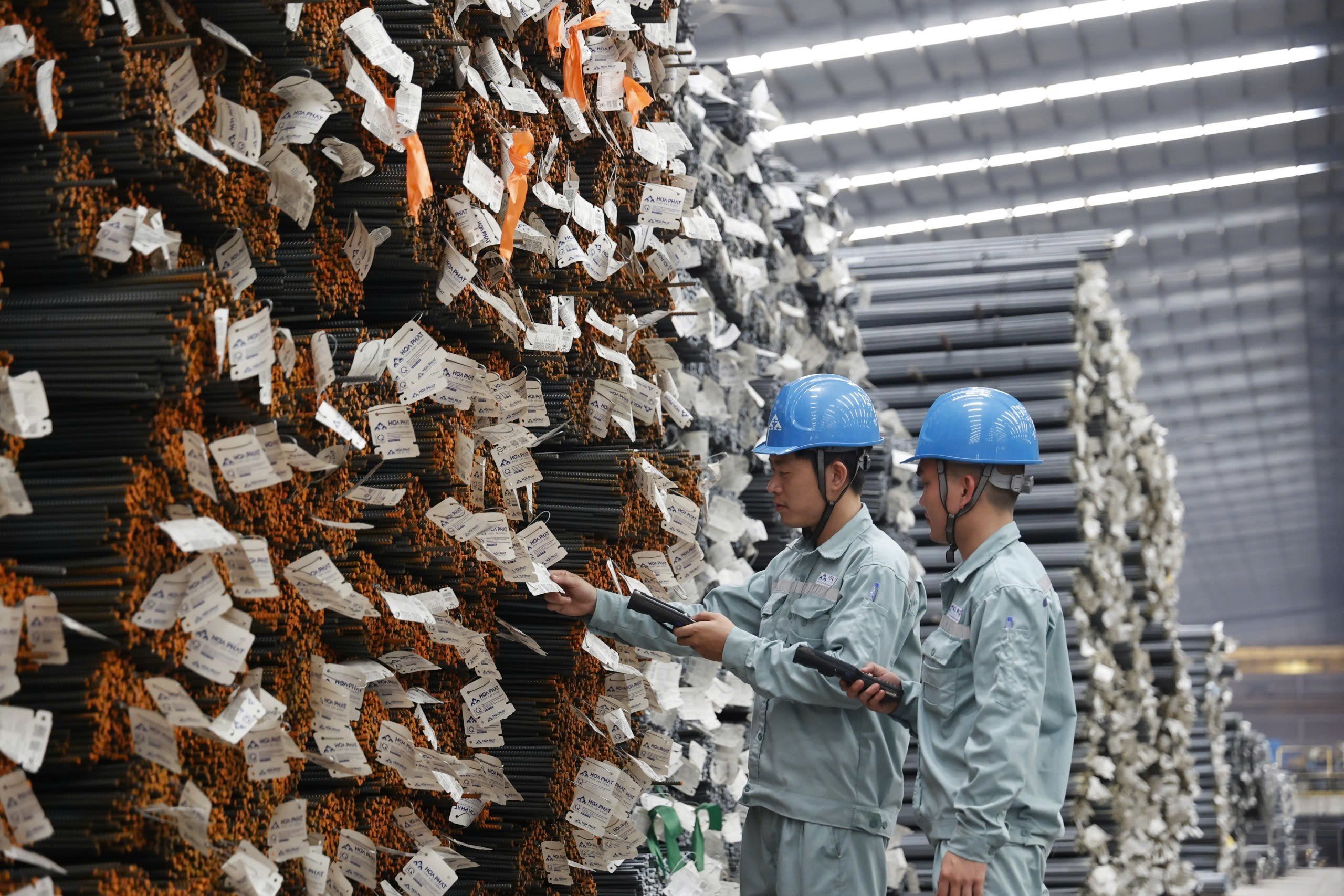


![[Photo] National Assembly Chairman Tran Thanh Man meets with Ethiopian Prime Minister Abiy Ahmed Ali](https://vstatic.vietnam.vn/vietnam/resource/IMAGE/2025/4/16/c196dbc1755d46e4ae7b506c5c15be55)




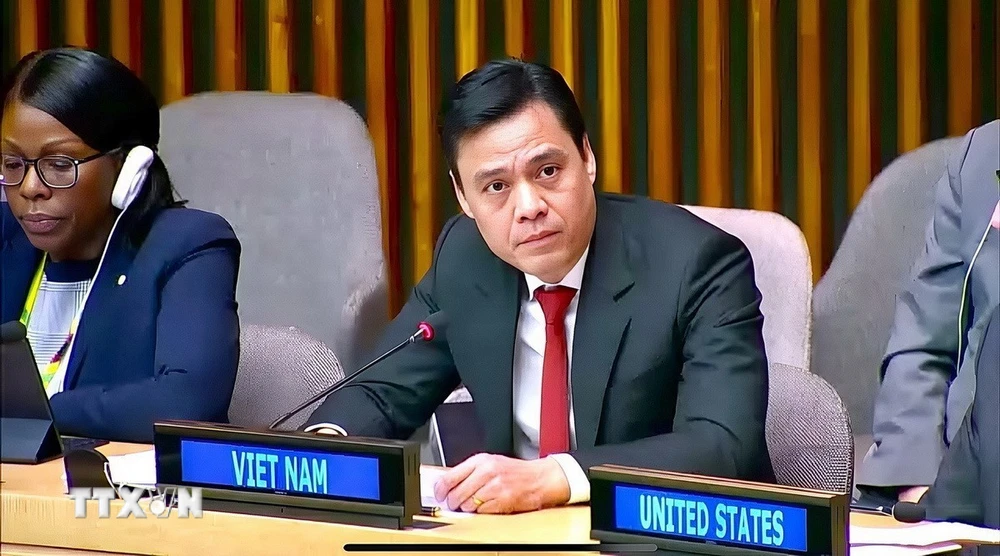

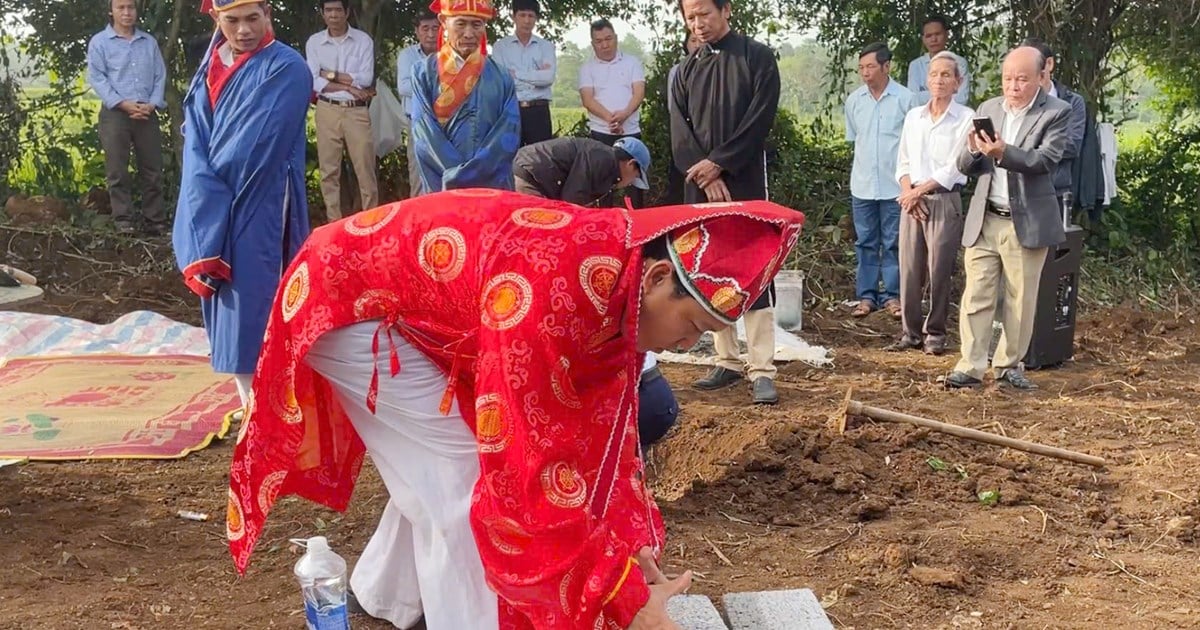

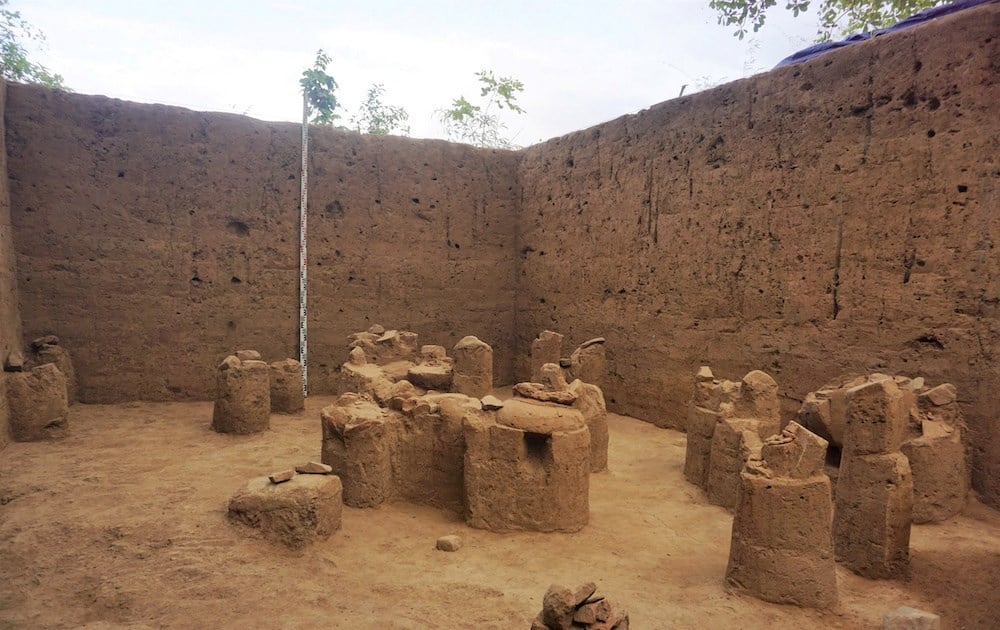






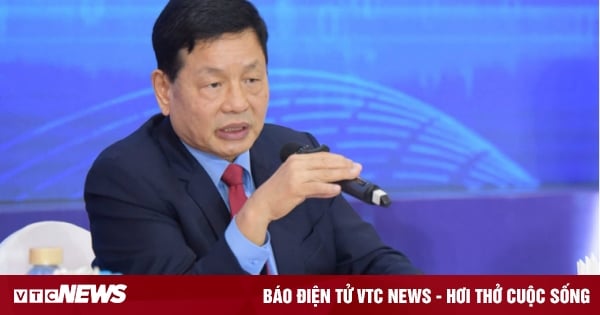


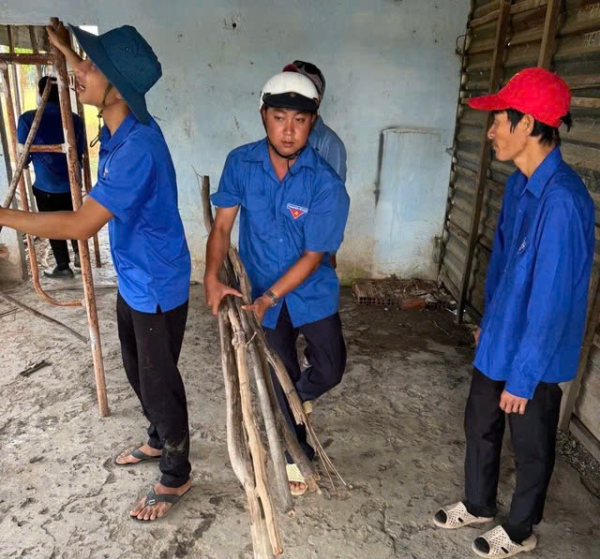

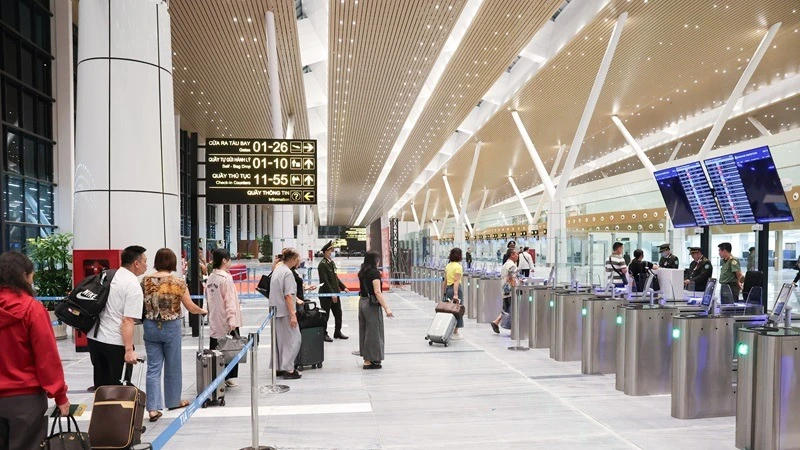



![[Video] Viettel officially puts into operation the largest submarine optical cable line in Vietnam](https://vstatic.vietnam.vn/vietnam/resource/IMAGE/2025/4/17/f19008c6010c4a538cc422cb791ca0a1)
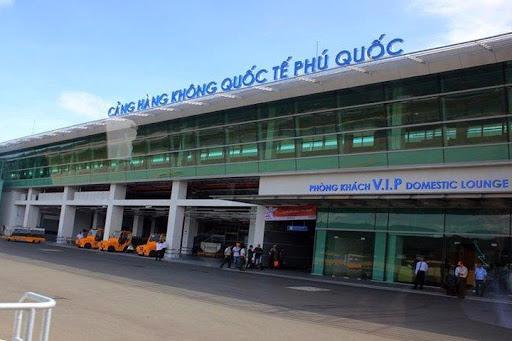



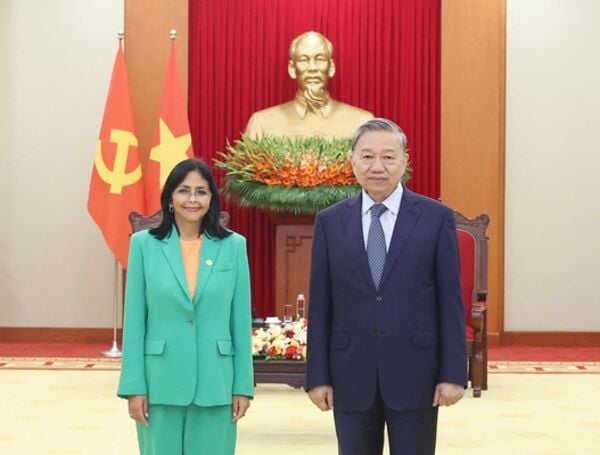
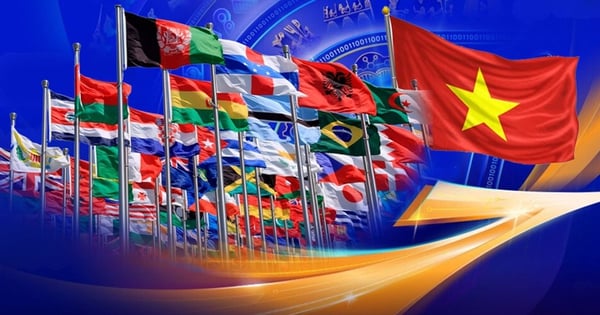
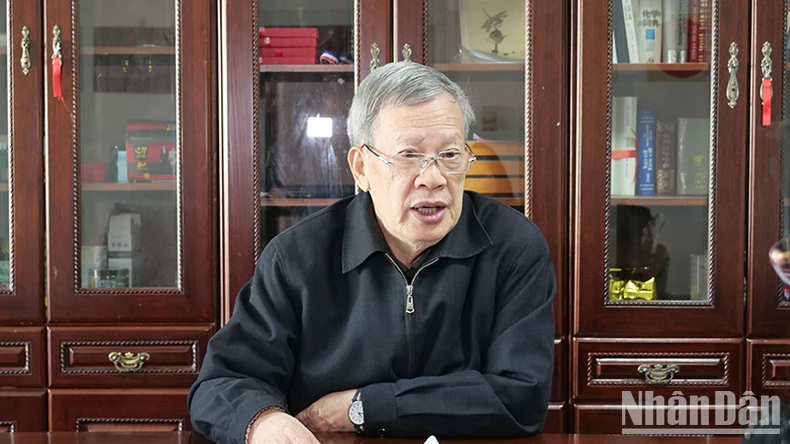

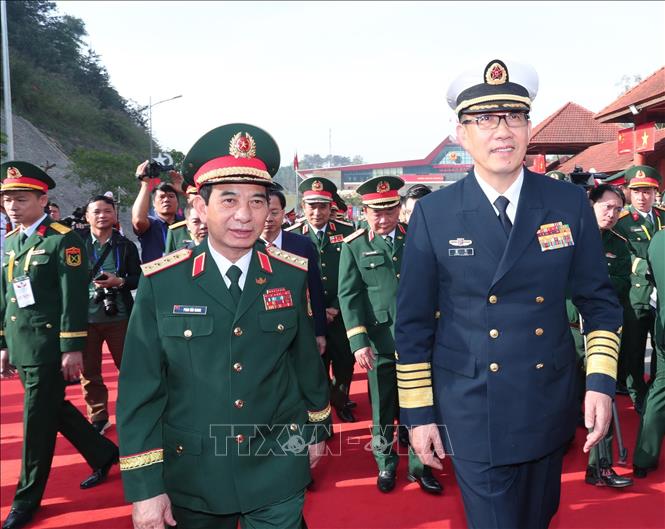


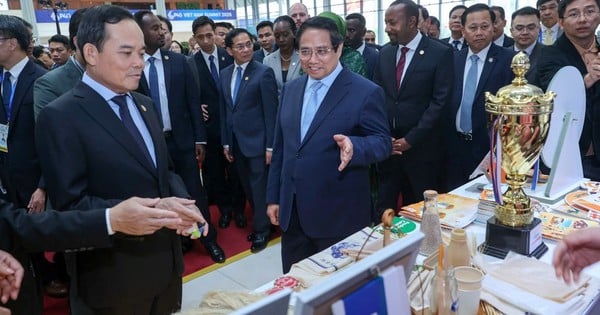

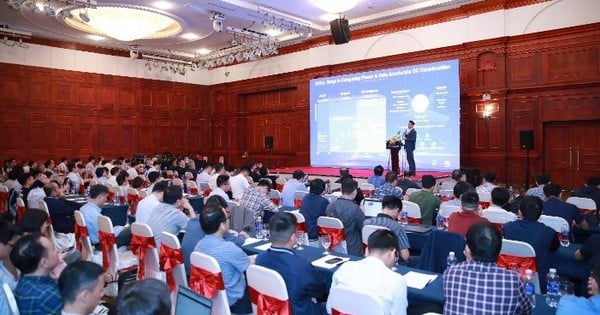
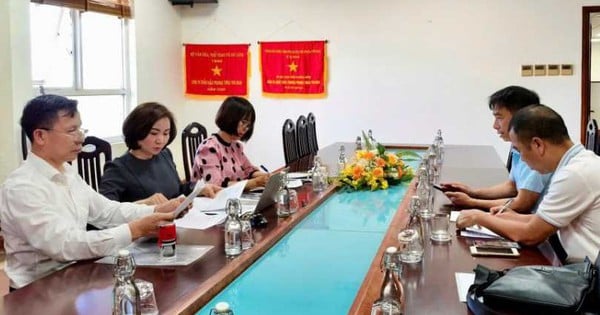



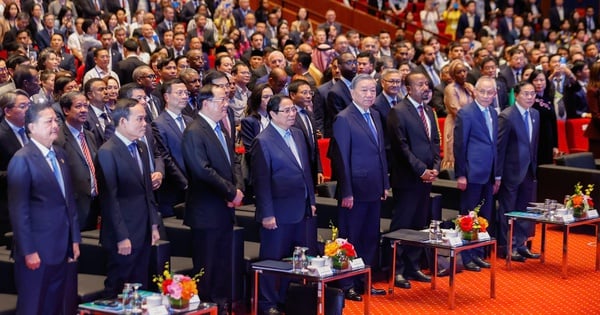
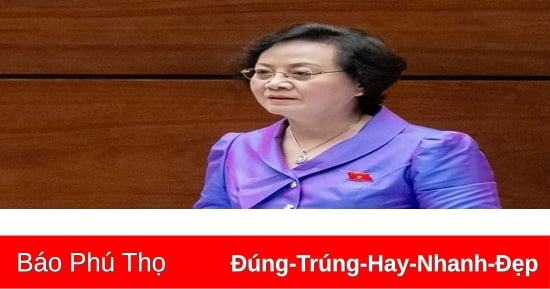






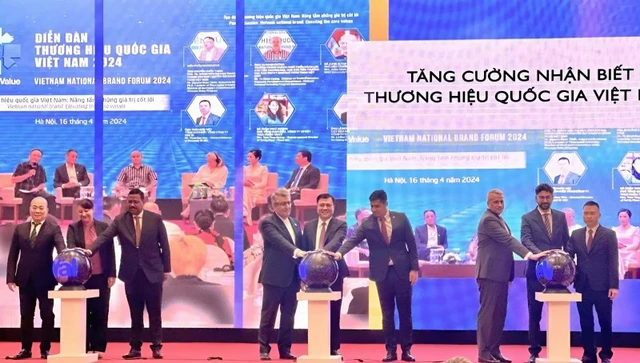



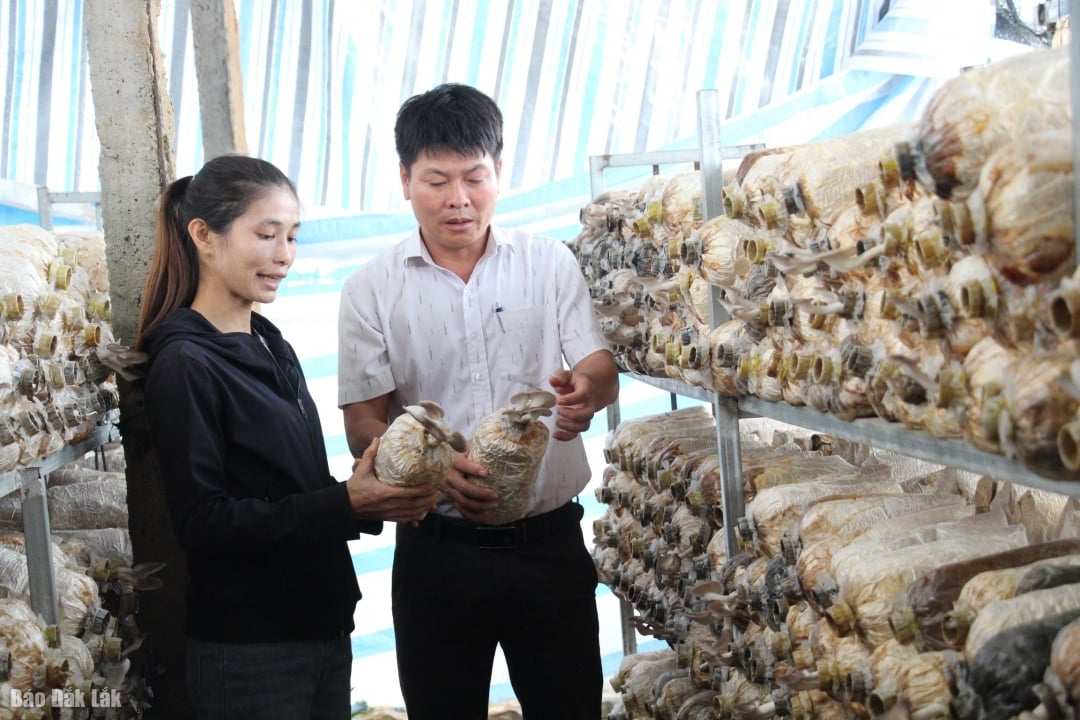

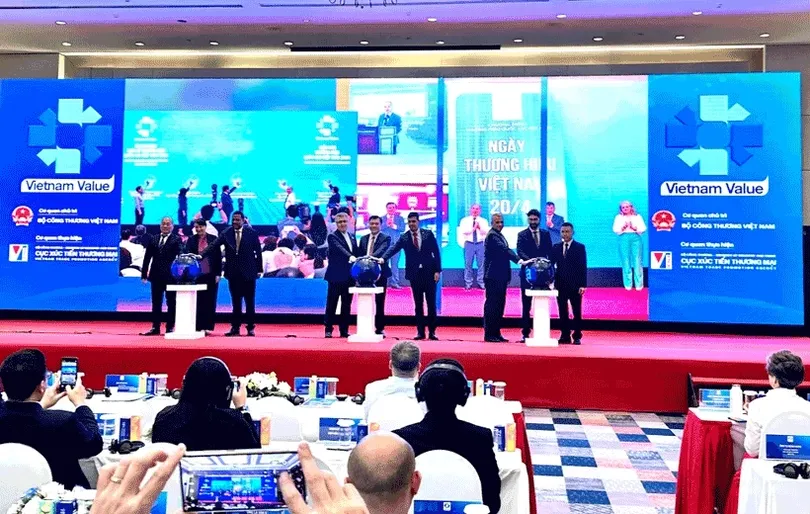



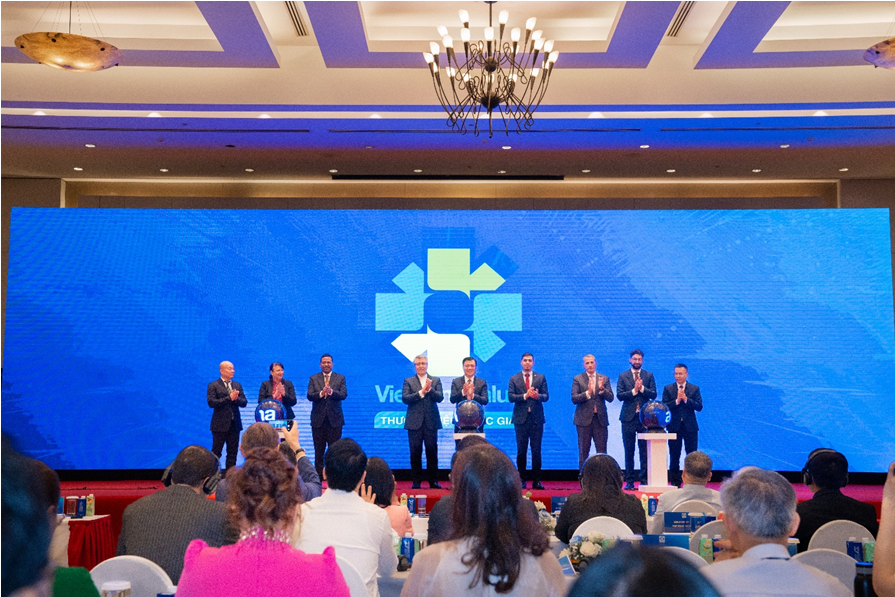

Comment (0)